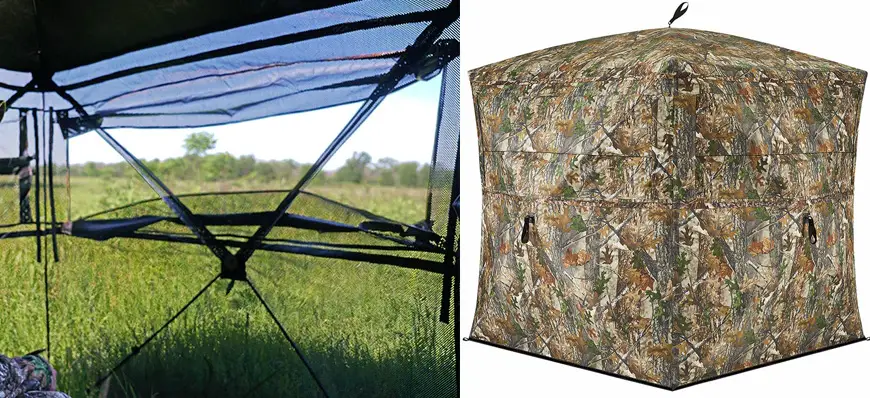Turkey hunters often find themselves in situations where a gobbling tom will not come any closer. There can be many reasons for this, but an overlooked factor could be that they are faced with a subordinate turkey that will not behave the same way as dominant bird. On this episode I talk about how to recognize and hunt these turkeys.
Subordinate turkeys want to breed, they will gobble, they may strut, they will show interest, but stop short. This happens when they are afraid of the dominate tom in the area. Turkeys have a pecking order, and the strongest more aggressive bird is usually at the top and may try to get exclusive breeding rights at times. These birds may attack subordinates if they try to breed a hen in their presence.
Subordinate birds may be afraid of the boss tom in the area and will not breed hens if they think the boss tom is around or if that hen sounds like one that usually comes to the boss tom.
However, there are still ways to hunt these turkeys, but they require different tactics. You will have to change what you are doing if you recognize you are face-to-face with a subordinate bird.
It should also be noted that subordinate turkeys are no less a trophy than any other bird in the woods. They may indeed be as big or bigger than the dominant turkey, they could be smarter or even order, they just may be less aggressive and are not interested in fighting against the dominate bird. Every turkey is a trophy.
Listen to the podcast episode to hear about how to recognize and hunt subordinate turkeys successfully.

